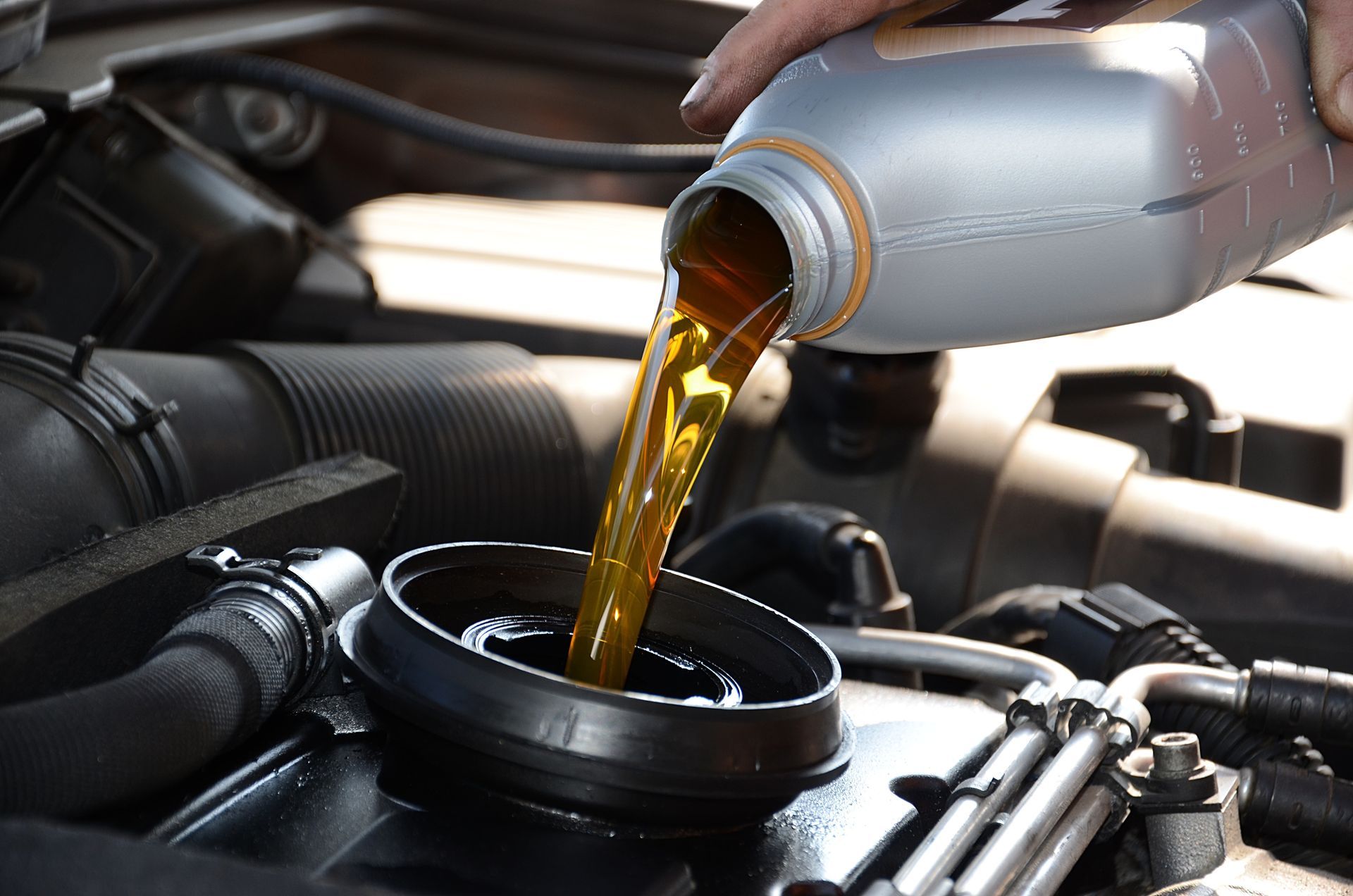Loading ...
Missing business hours data / Error occurred while getting the data.
Loading ...
Missing business hours data / Error occurred while getting the data.
When is it Time for Struts & Shocks Repair?
Knowing when to take your vehicle into the auto shop for struts and shocks repair can be kind of tricky. The damping characteristics of shocks and struts diminish slowly over time, making it difficult to detect a problem. Usually when a driver notices that there is a problem, it’s well past the time of needing replacement.
Shocks and (or) struts are part of your vehicle’s suspension system. Not all vehicles have both shocks and struts; some only have one or the other. Each aids in the vehicle’s stability and handling. There’s no strictly set time for shock and strut replacement as part of it depends on driving conditions such as how you drive and the condition of the roads. Some need replacement at 30,000 miles, and others can go as long as 60,000 miles. There are however some good indications that it’s time to get into the auto shop and have them looked at by service technician.
Signs that it’s Time to Replace or Repair Struts
Shocks and struts are responsible for keeping you on the road, so you’ll want to know the signs of wear. If you notice any of these signs, it’s important to take your vehicle into the automotive repair shop to ensure that it’s working safely and properly.
- The vehicle is not running as smoothly as it once did or showing difficulty in handling while on the road.
- The ride is excessively bumpy.
- The vehicle bottoms out when going over a bump or dip in the road.
- When driving on a curvy road, the vehicle tends to sway.
- You notice fluid leaking from the shock or strut
- You notice a poor steering response or noise when steering.
- The shocks or struts show signs of physical damage.
- The vehicle makes an excessive nose dive when braking.
- Tires show cupped or uneven wear.
- The drive feels “shaky.”
- You notice instability when braking.
Finally, it’s important not to ignore the warning signs. The shocks and struts make your vehicle manageable to drive and interact with other systems such as steering and alignment. Neglecting them can lead to the need for additional future repairs, adding to repair costs. Driving on worn shocks and struts can make the vehicle difficult to drive which could lead to unsafe driving conditions. Replacing shocks and struts regularly can keep your vehicle performing optimally and help extend its life expectancy.
Reach Us:
Loading ...
Missing business hours data / Error occurred while getting the data.
Quick Links:
Loading ...
Missing nap lines data / Error occured while getting the data.



